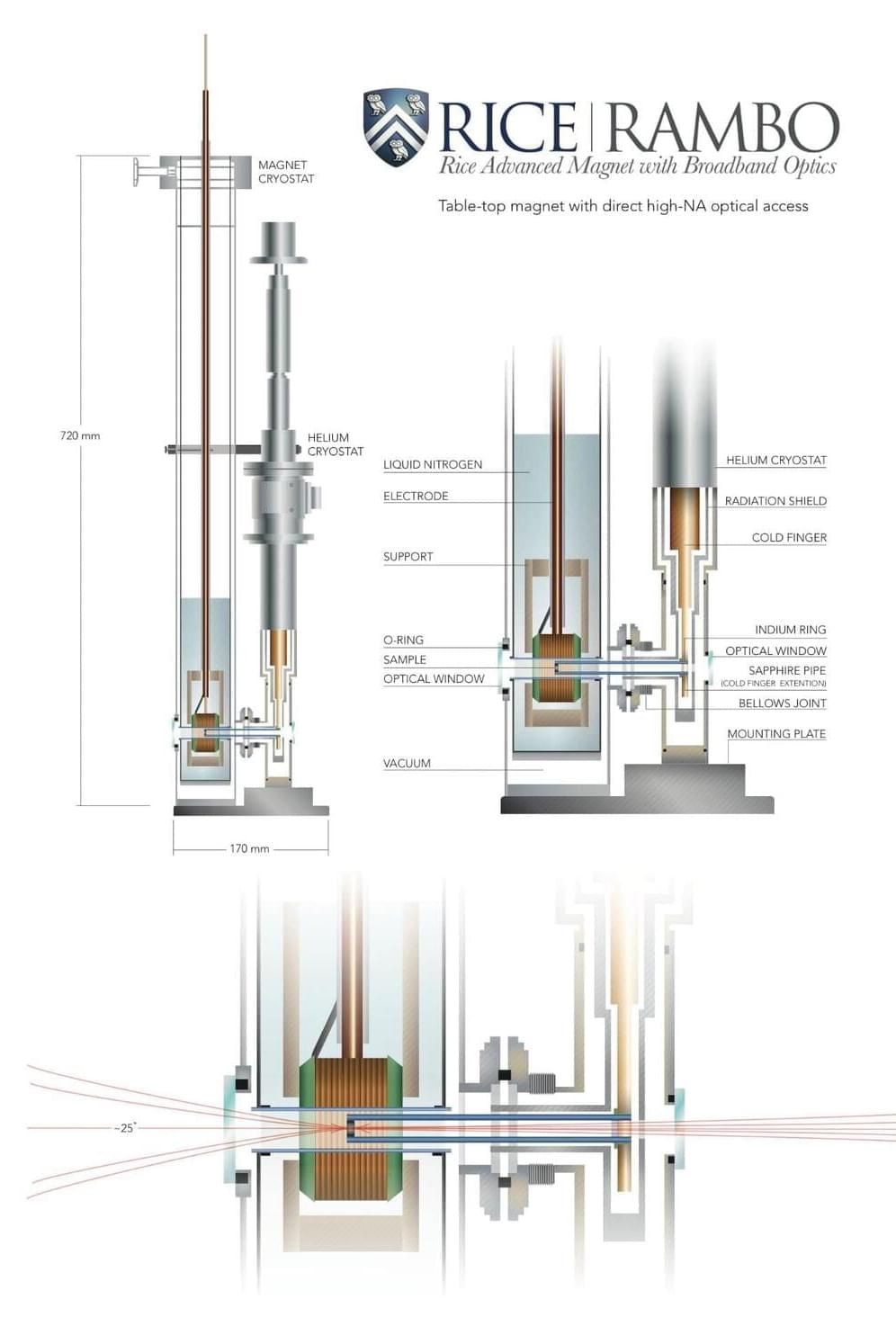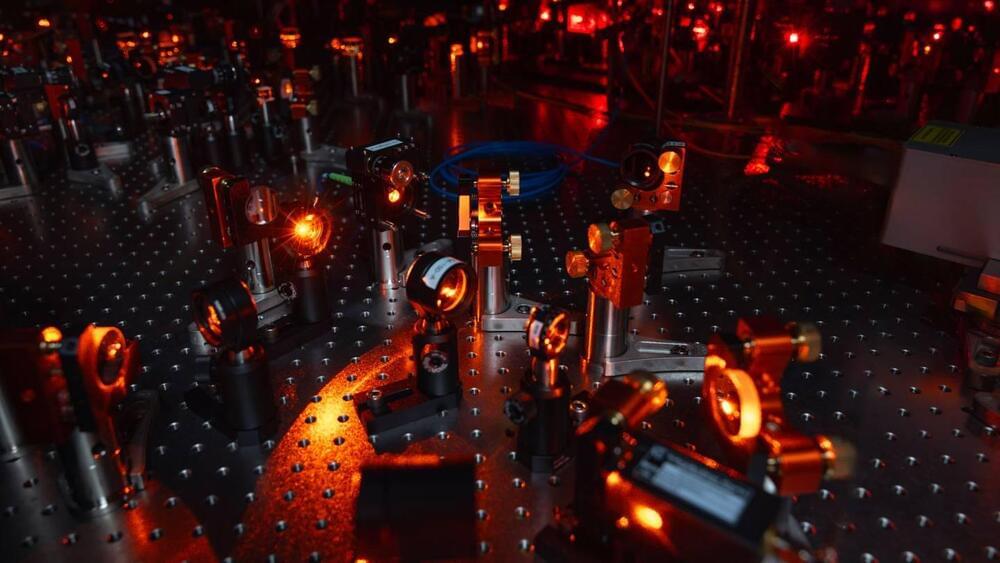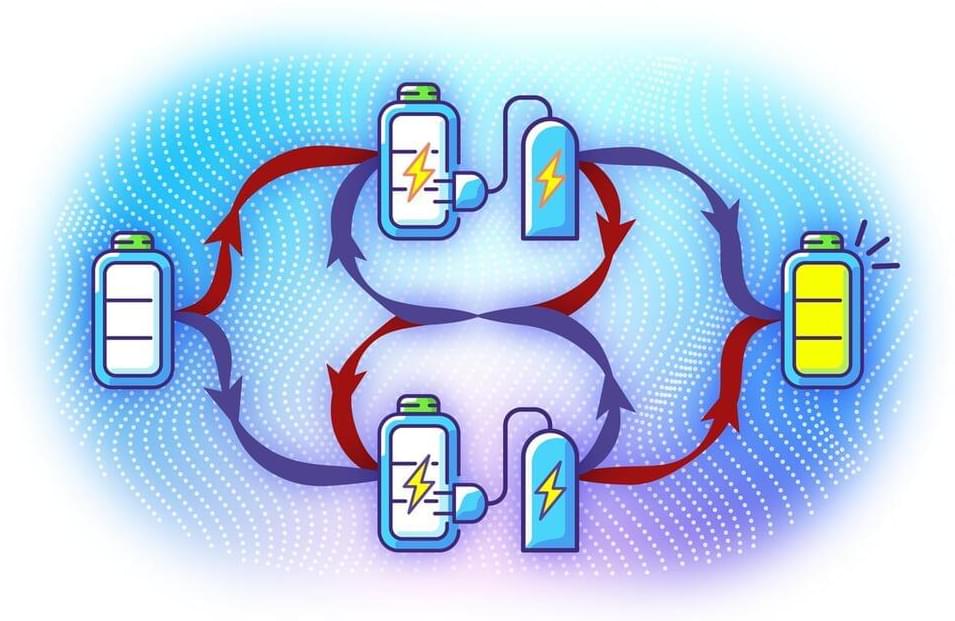Result draws on 50-year-old theorem from quantum field theory to make entanglement measurement more efficient.



Materials with enhanced thermal conductivity are critical for the development of advanced devices to support applications in communications, clean energy and aerospace. But in order to engineer materials with this property, scientists need to understand how phonons, or quantum units of the vibration of atoms, behave in a particular substance.
“Phonons are quite important for studying new materials because they govern several material properties such as thermal conductivity and carrier properties,” said Fuyang Tay, a graduate student in applied physics working with the Rice Advanced Magnet with Broadband Optics (RAMBO), a tabletop spectrometer in Junichiro Kono’s laboratory at Rice University. “For example, it is widely accepted that superconductivity arises from electron–phonon interactions.
Recently, there has been growing interest in the magnetic moment carried by phonon modes that show circular motion, also known as chiral phonons. But the mechanisms that can lead to a large phonon magnetic moment are not well understood.

The company announces its latest huge chip — but will now focus on developing smaller chips with a fresh approach to ‘error correction’
The second-largest quantum computing chip won’t be fitted into IBM’s next-generation System Two quantum computer. Instead, it will use three smaller 133-qubit chips with a much lower error rate.

Quantum physics is fundamentally weird, so much so that we need thought experiments of hidden cats in boxes and metaphors of spinning coins to even begin to comprehend its laws.
Yet even in our classical world, where physics is more intuitive, shades of quantum behavior can be represented using relatively simple scenarios.
Researchers experimenting with tiny droplets of oil running down two adjacent channels in a bath of vibrating fluid have discovered that the behavior of the droplets matches up with a famous quantum thought experiment.

Japanese scientists said they have succeeded in creating the world’s first mental images of objects and landscapes from human brain activity by using artificial intelligence technology.
The team of scientists from the National Institutes for Quantum Science and Technology, another national institute and Osaka University was able to produce rough images of a leopard, with a recognizable mouth, ears and spotted pattern, as well as objects like an airplane with red lights on its wings.
The technology, dubbed “brain decoding,” enables the visualization of perceptual contents based on brain activity and could be applied to the medical and welfare fields.

Future quantum computers are expected to revolutionize problem-solving in various fields, such as creating sustainable materials, developing new medications, and unraveling complex issues in fundamental physics. However, these pioneering quantum systems are currently more error-prone than the classical computers we use today. Wouldn’t it be nice if researchers could just take out a special quantum eraser and get rid of the mistakes?
Reporting in the journal Nature, a group of researchers led by Caltech is among the first to demonstrate a type of quantum eraser. The physicists show that they can pinpoint and correct for mistakes in quantum computing systems known as “erasure” errors.
“It’s normally very hard to detect errors in quantum computers, because just the act of looking for errors causes more to occur,” says Adam Shaw, co-lead author of the new study and a graduate student in the laboratory of Manuel Endres, a professor of physics at Caltech. “But we show that with some careful control, we can precisely locate and erase certain errors without consequence, which is where the name erasure comes from.”

📸 Look at this post on Facebook https://www.facebook.com/share/zGyj2HkjpKbdLqCj/?mibextid=WC7FNe
The scientific feat is also ‘a breakthrough for practical applications because entangled molecules can be the building blocks for many future applications. says physicist Lawrence Cheuk.

No one knows who might get there first. The United States and China are considered the leaders in the field; many experts believe America still holds an edge.
As the race to master quantum computing continues, a scramble is on to protect critical data. Washington and its allies are working on new encryption standards known as post-quantum cryptography – essentially codes that are much harder to crack, even for a quantum computer. Beijing is trying to pioneer quantum communications networks, a technology theoretically impossible to hack, according to researchers. The scientist spearheading Beijing’s efforts has become a minor celebrity in China.
Quantum computing is radically different. Conventional computers process information as bits – either 1 or 0, and just one number at a time. Quantum computers process in quantum bits, or “qubits,” which can be 1, 0 or any number in between, all at the same time, which physicists say is an approximate way of describing a complex mathematical concept.

Keio University, The University of Tokyo, Yonsei University, Seoul National University, and The University of Chicago and IBM to collaborate on preparing the future quantum workforce.
IBM announced plans to work with top universities from Japan, South Korea and the United States to advance quantum education.

Batteries that exploit quantum phenomena to gain, distribute and store power promise to surpass the abilities and usefulness of conventional chemical batteries in certain low-power applications. For the first time, researchers, including those from the University of Tokyo, take advantage of an unintuitive quantum process that disregards the conventional notion of causality to improve the performance of so-called quantum batteries, bringing this future technology a little closer to reality.
When you hear the word “quantum,” the physics governing the subatomic world, developments in quantum computers tend to steal the headlines, but there are other upcoming quantum technologies worth paying attention to. One such item is the quantum battery which, though initially puzzling in name, holds unexplored potential for sustainable energy solutions and possible integration into future electric vehicles. Nevertheless, these new devices are poised to find use in various portable and low-power applications, especially when opportunities to recharge are scarce.
At present, quantum batteries only exist as laboratory experiments, and researchers around the world are working on the different aspects that are hoped to one day combine into a fully functioning and practical application. Graduate student Yuanbo Chen and Associate Professor Yoshihiko Hasegawa from the Department of Information and Communication Engineering at the University of Tokyo are investigating the best way to charge a quantum battery, and this is where time comes into play. One of the advantages of quantum batteries is that they should be incredibly efficient, but that hinges on the way they are charged.